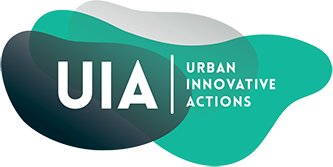This is the third and final Journal of the Be Secure Feel Secure (BSFS) project. Journal 1 and Journal 2 are available online on the project’s UIA webpage. Here you can have a look at these previous publications to know a bit more of how we got to this point.
Through a holistic inter-disciplinary approach, BSFS has strived to bring together diverse topics that pertain to security issues in the community of the city dwellers of Piraeus: cyber-security, governance, and spatial and social actions. In this sense, the project has had to find a balance between technological tools and “offline” action (such as the mobilization of public officials, the contact with city dwellers, and transforming spaces) to achieve its goals of improving security in the city.
Last year, one of the key actions was the creation of the Victim Support Unit. This unit is now fully operational and has reached out and served various groups, particularly women and the elderly. Throughout this year, the BSFS team has followed up on activities that took place in the earlier stages of the project (back in 2020) and continued with its activities of communication and dissemination both in Greece and with other European cities through forums and participations in conferences. This year the CURIM app was finally put at the disposal of city dwellers and public authorities. Another milestone this year was the completion of the transformation of parks and schools to reduce vandalism and crime. In the 5th district, six schools were received beatification and target hardening renovations. Eight playgrounds that were renovated.
In the following sections, we will observe the 7 UIA Challenges that are present in the project and how they evolved this year: Leadership, Public Procurement, Organizational Arrangements, Participative Approach, Monitoring & Evaluation, Communication with Beneficiaries, and Upscaling.
Partnership:
- Municipality of Piraeus
- Singular Logic SA (SLG)
- Panteion University of Social and Political Sciences – Department of Social Science – Criminology Lab
- University of Piraeus Research Center (UPRC) – Department of informatics
- European Forum for Urban Security (EFUS)
- SPACE Hellas (SPACE)
- Ministry of Citizen Protection - Police (MCP)











 Urban security
Urban security
























